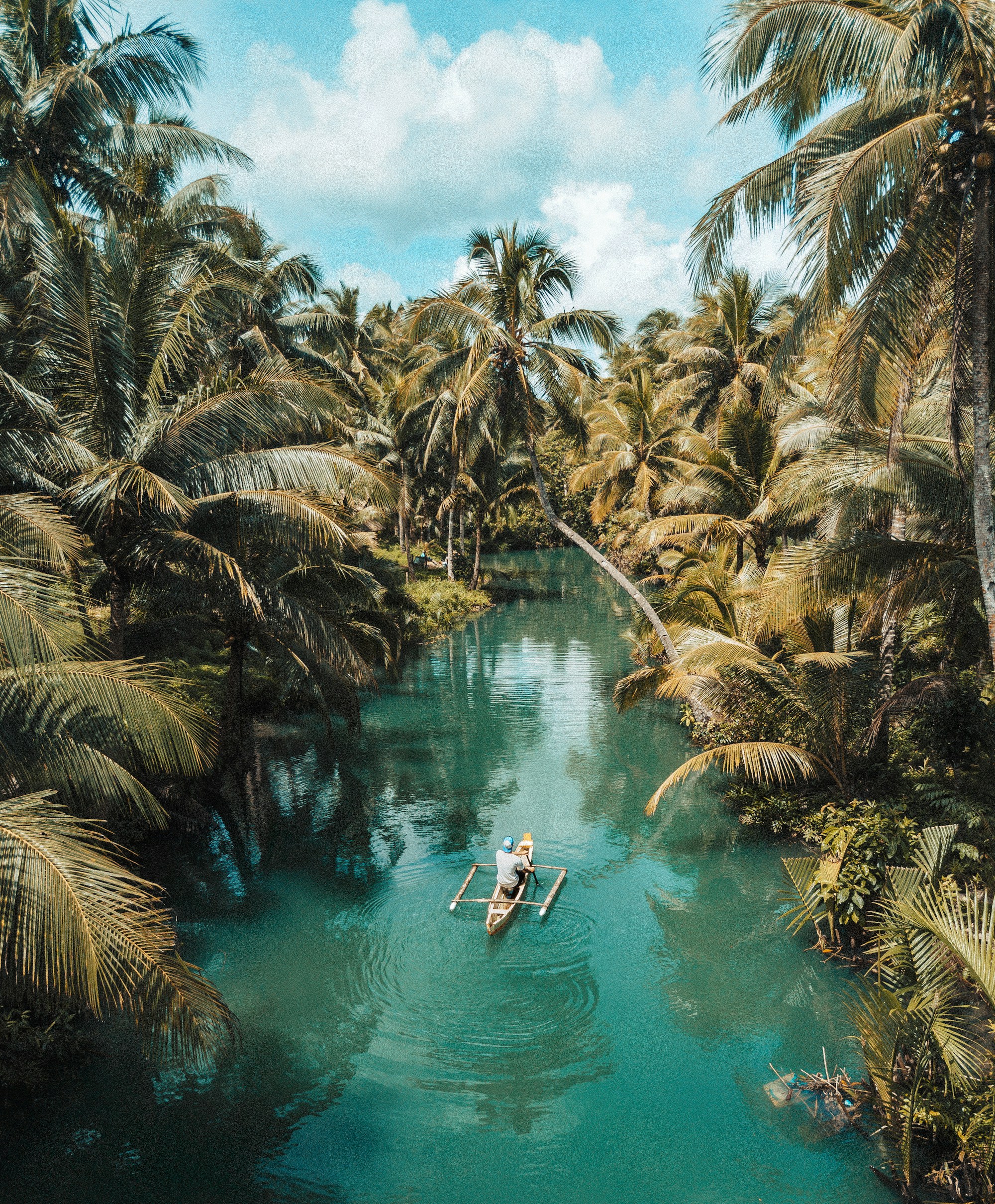Exploring Filipino Culture: History, Customs, Festivals

Exploring Filipino Culture: History, Customs, Festivals
Welcome to the Philippines, a country known for its rich history, vibrant customs, and colorful festivals. With over 7,000 islands, this archipelago offers a diverse and fascinating cultural experience for travelers. Get ready to delve into the heart of Filipino culture as we explore its history, customs, and festivals.
History
The history of the Philippines is a complex tapestry woven with indigenous, Spanish, and American influences. Prior to the arrival of the Spanish in the 16th century, the islands were inhabited by various indigenous tribes. In 1521, Ferdinand Magellan claimed the islands for Spain, marking the beginning of Spanish colonization.
Over the next few centuries, the Philippines became a Spanish colony and a hub for trade between Asia and the Americas. Spanish influence can still be seen today in the country's language, religion, and architecture. In 1898, the Philippines gained its independence from Spain, only to be later colonized by the United States. The country finally achieved full independence in 1946.
Customs
The Filipino people are known for their warm hospitality and strong family bonds. Respect for elders and strong communal ties are deeply ingrained in Filipino customs. When visiting someone's home, it is customary to bring a small gift or "pasalubong" as a token of appreciation. It is also polite to remove your shoes before entering a Filipino home.
Food is an integral part of Filipino culture, and mealtimes are often seen as an opportunity for family and friends to come together. Traditional Filipino cuisine features a mix of flavors influenced by various cultures, including Spanish, Chinese, and Malay. Some popular dishes to try include adobo (marinated meat), sinigang (sour soup), and lechon (roast pig).
Festivals
Festivals, known as "fiestas," are an essential part of Filipino culture. These celebrations are often held in honor of a patron saint or to commemorate historical events. The festivals showcase vibrant costumes, lively music, and traditional dances.
One of the most famous festivals in the Philippines is the Sinulog Festival in Cebu City. Held every third Sunday of January, the festival is a grand display of colorful street dances honoring the Santo Niño (Child Jesus). Another notable festival is the Ati-Atihan Festival in Kalibo, Aklan. Participants paint their faces with black soot and don traditional tribal attire as they dance in the streets to celebrate the arrival of Malay settlers.
The Pahiyas Festival in Lucban, Quezon is a unique celebration of the harvest season. The town's houses are adorned with colorful rice stalks, vegetables, and various agricultural products, creating a stunning visual spectacle. Visitors can also enjoy a feast of local delicacies during the festival.
Each region in the Philippines has its own unique festivals, so no matter where you go, you're bound to experience a vibrant celebration of Filipino culture.
Explore the Philippines' Cultural Wonders
To truly immerse yourself in Filipino culture, venture beyond the major cities and explore the country's natural and historical wonders. Visit the UNESCO World Heritage-listed rice terraces of Banaue, which have been carved into the mountainside by indigenous tribes for over 2,000 years. Explore the historic city of Vigan, known for its well-preserved Spanish colonial architecture.
Unwind on the stunning white sand beaches of El Nido, Palawan, or swim with whale sharks in Donsol, Sorsogon. Dive into the crystal-clear waters of Tubbataha Reefs Natural Park, a UNESCO-listed marine reserve teeming with colorful coral reefs and diverse marine life.
Wherever your adventures take you in the Philippines, be prepared to be greeted with smiles and a warm welcome. From its fascinating history to its vibrant customs and festivals, the Filipino culture is sure to leave a lasting impression.
function initMap() { var coordinates = document.getElementById('coordinates').value.split(","); var latLng = new google.maps.LatLng(parseFloat(coordinates[0]), parseFloat(coordinates[1])); var mapOptions = { center: latLng, zoom: 8 }; var map = new google.maps.Map(document.getElementById('map'), mapOptions); var marker = new google.maps.Marker({ position: latLng, map: map }); }
